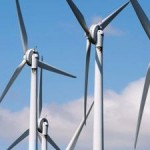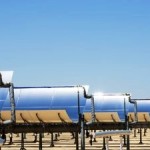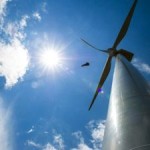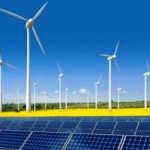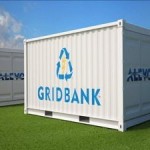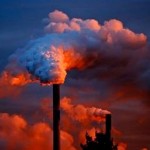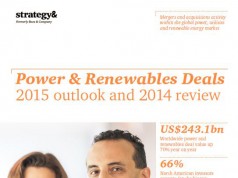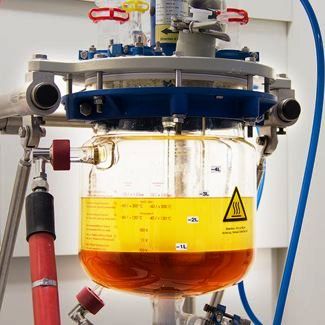- More than 35 GW of wind power capacity was added in 2013, totalling just more than 318 GW. However, despite several record years, the market was down nearly 10 GW compared to 2012, reflecting primarily a steep drop in the U.S. market. Offshore wind had a record year, with 1.6 GW added, almost all of it in the EU.
- Heating and cooling from modern biomass, solar, and geothermal sources account for a small but gradually rising share of final global heat demand, amounting to an estimated 10%.
- Denmark banned the use of fossil fuel-fired boilers in new buildings as of 2013 and aims for renewables to provide almost 40% of total heat supply by 2020.
Robust policies coupled with continuing technological advances, falling prices, and innovations in financing have made renewables increasingly affordable for a broader range of consumers worldwide. Global new investment in renewable power and fuels was at least USD 249.4 billion in 2013 down from its record level in 2011.
REN21’s 2014 report says policy mechanisms continue to evolve. In 2013, feed-in policies in many countries shifted towards premium payments in the power sector, and continued to be adapted for use in the heating sector. New policies advanced or managed the integration of high shares of renewable electricity into existing power systems, including support for energy storage, demand-side management, and smart grid technologies.
“Global perceptions of renewable energy have shifted considerably,” says Arthouros Zervos, Chair of REN21. “Over the last 10 years, continuing technology advances and rapid deployment of many renewable energy technologies have demonstrated that the question is no longer whether renewables have a role to play in the provision of energy services, but rather how we can best increase the current pace to achieve a 100% renewables future with full energy access for all.”
“For this to be become reality, current thinking needs to change: continuing the status quo of a patchwork of policies and actions is no longer sufficient. Instead, technology developments, finance models as well as stable and predictable renewable energy policies need to be systematically linked across the public and private sectors in order to support and drive the transition process.”
Says Christine Lins, Executive Secretary, REN21, “The past decade has set the wheels in motion for a global transition to renewables, but a concerted and sustained effort is needed to achieve it. With increasingly ambitious targets and innovative policies, renewables can continue to surpass expectations and create a clean energy future.”
The Report was formally launched at the Permanent Mission of Germany to the UN, New York, during the UN Sustainable Energy for All Forum on June 4.
Check the following link to read/download the Full Report:
http://www.ren21.net/REN21Activities/GlobalStatusReport.aspx
Source: REN21 (Renewable Energy Policy Network for the 21st Century).
About the REN21 Renewables Global Status Report
First released in 2005, the annual Renewables Global Status Report provides a comprehensive and timely overview of renewable energy markets, industries, investments, and policy developments worldwide. It enables policymakers, industry, investors, and civil society to make informed decisions. The report covers recent developments, current status, and key trends on all renewable technologies and end-use sectors. By design, it does not provide analysis or forecast.
The Renewables Global Status Report relies on up-to-date renewable energy data, provided by an international network of more than 500 contributors, researchers, and authors.

